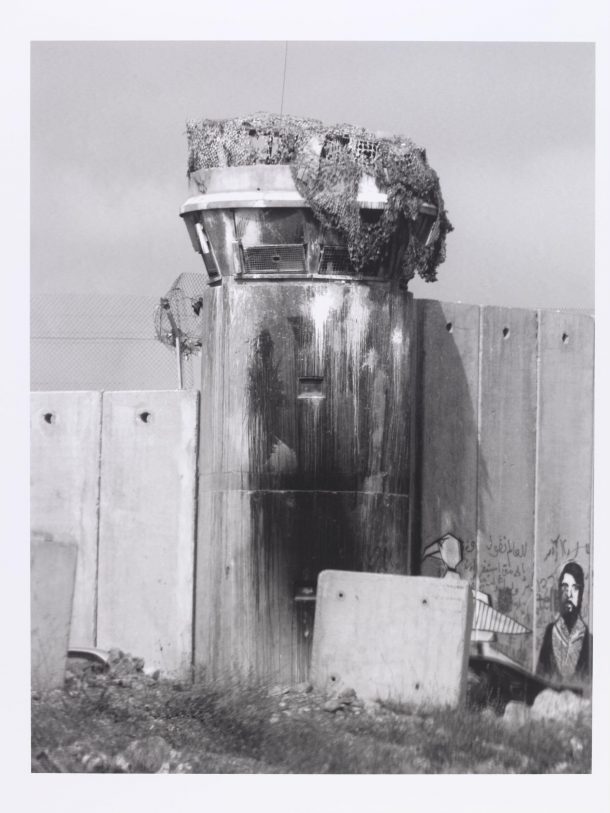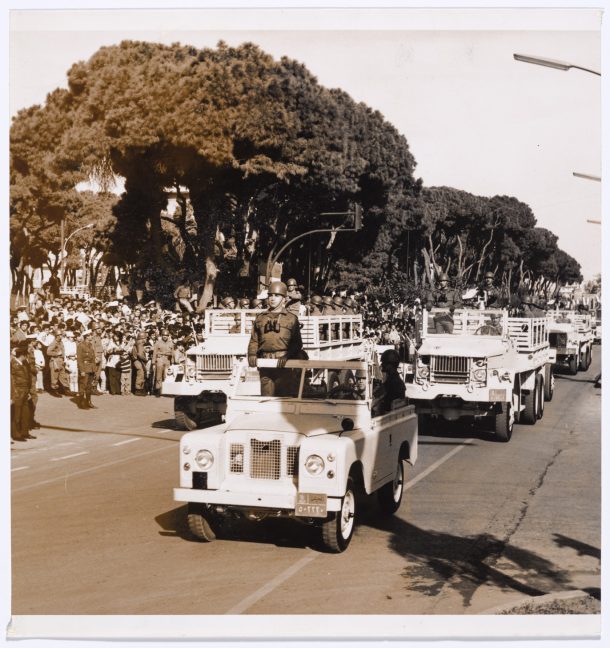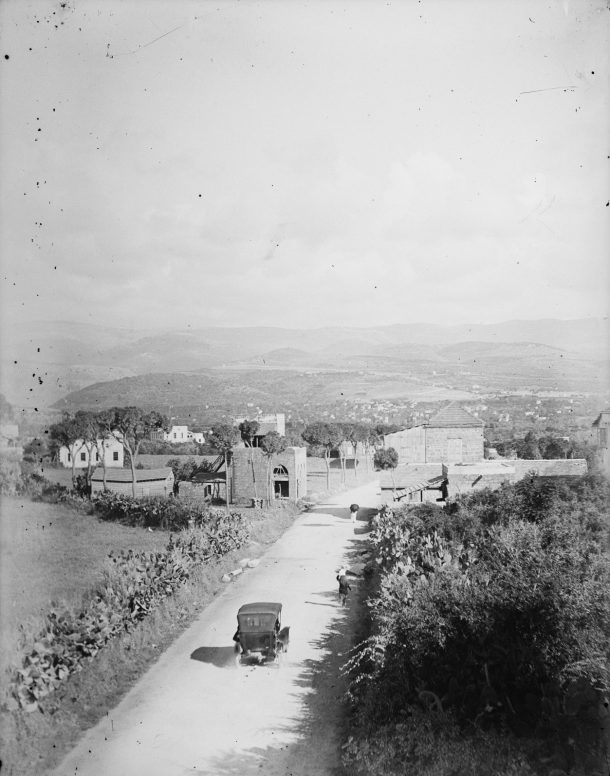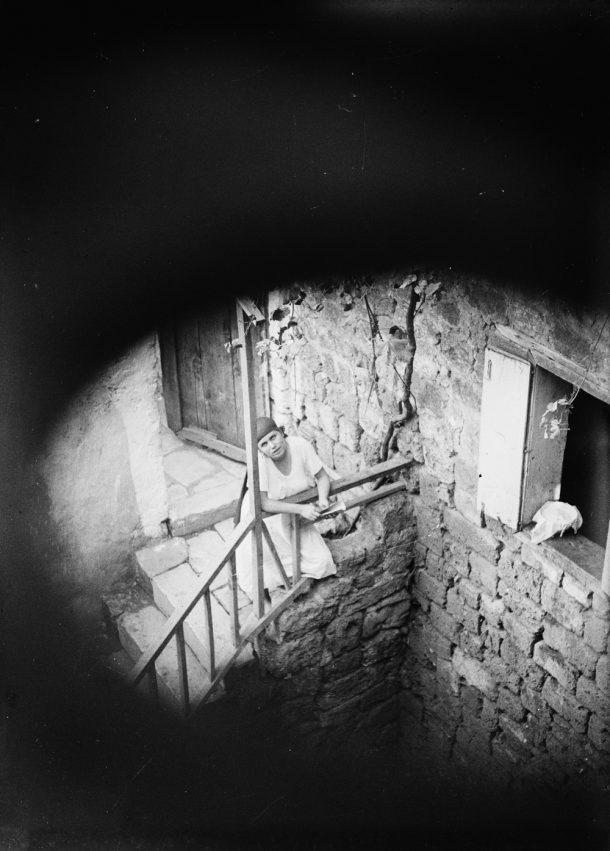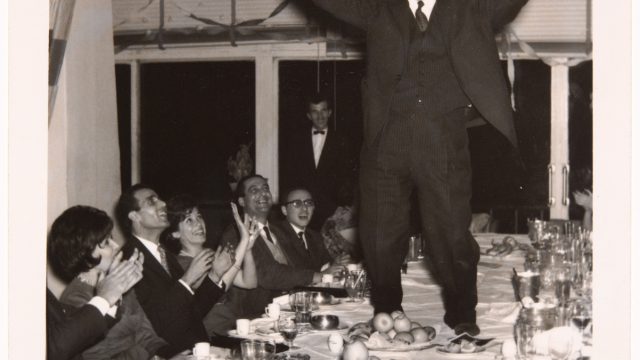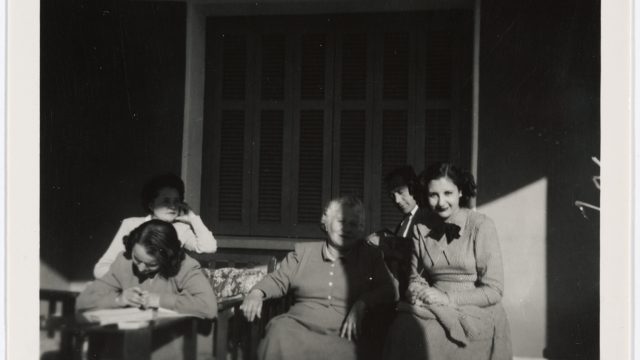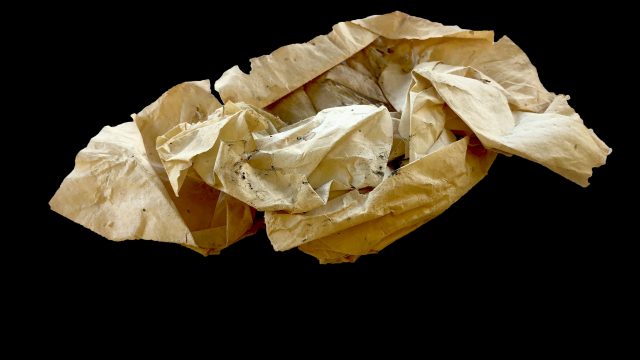My father looked over at me as we swung out of the mini-market drive-through into the checkpoint with our Nescafes and cigarettes, ‘Every time I pass through here, something pinches me on the inside’, he said.
‘Why?’
He swerved through the roadblocks and drove up to the soldier leaning in full uniform against the inside of his guard room, hiding from the July heat.
‘’Awefe’, my father said, the formal greeting of respect one routinely gives the officer at the checkpoint in hopes of being let through uncontested. The soldier, hardly moving, face glistening under the grey tin roof of his guard house, nodded, and we continued on.
‘This used to be the Syrian checkpoint, during the war, and there was one for the Lebanese Forces set up just down the road, in Barbara. One time, my friend and I were crossing into Beirut, and when we got here, they told us to park on the side and get out of the car. They would have these giant truck wheels set aside for torture, and they called my friend over, put him in the wheel, and start twirling him around and whacking his legs.’
‘Why?’
‘I don’t remember, something silly. They were barbaric in those days.’
This conversation happened almost 10 years ago now. Up until then, I had no idea the kind of horror some people experienced at these small, kiosk-style roadblocks, no awareness of the trauma enacted in spaces like this almost every minute, every day, all around the world. As a little girl I’d always wave to the officers when we drove through Madfoun, smile at them, blow them kisses. I thought they were protecting us and wanted to encourage them. I felt like Ruth in Toni Morrison’s Song of Solomon, observing the turnpike with innocent relief as my watermark, reassured by its presence. I knew that going to Beirut meant passing through Madfoun and passing through Madfoun meant I was in Beirut.
That day, I began to see that the checkpoint isn’t necessarily there to protect me, but to potentially protect the capital from me, if need be. It is there to keep weapons from coming into the city through the north (and vice versa), to locate illegal Syrians, to find drugs on young people, and sometimes, to harass guys with beards like my father’s friend just for kicks. As time went by, I understood that the checkpoint is not only a remnant of war, but a living architecture of control. It isn’t the site of absolute protection that my young mind had taken it to be, but a less-than-friendly reminder that we need protection, that we are neither free nor safe, that trouble could be lurking under the hood of any car, that even though things are calm for now, our stability is fragile and temporary.
Most Lebanese are not from Beirut. Most of us are from towns and villages hidden in the mountains North, South, and East of the famous city. We are the ones who, at some point in our lives, were called to Beirut, drawn in by its seductive pull. We are the people of Beirut’s geographical outskirts, from the rest of Lebanon, the places you haven’t heard of. But if you’re ever in Beirut, and you start driving out in any direction (except towards the sea), eventually you’ll hit a checkpoint – that’s where our territory begins.
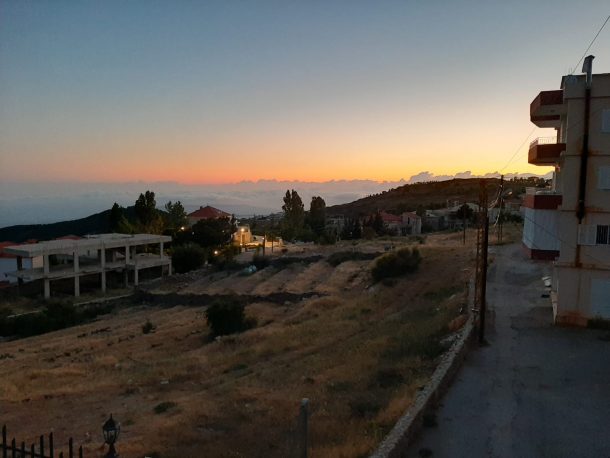
You’ll know you have left Beirut because the roads will begin to disintegrate, every other streetlight will be out, the tunnels will be pitch black, you’ll lose radio signal. And the checkpoint is the marker, the moment, the coalescence of a vision of division erected on the imagined edge of the capital’s relevance. You’ll see the yellow sign on the right telling you to Slow down: Checkpoint 100m ahead; you’ll see the red-and-white roadblocks with the washed-out spray-paint cedar separating the lanes, intermingled with camo-coloured barricades; you’ll see light artillery and trucks parked along the side, preliminary signs of the army’s presence. The checkpoint will be there to notify you that you have reached the first layer of the neglected periphery, that beyond here lie the forgotten sons of Jacob. It is a symbol and emphasis of the sectarian lines that have divided us for decades, a reminder that all that really matters about Lebanon is in Beirut. And yet, as soon as I cross that checkpoint, I know I’m home.
Related objects from V&A and Arab Image Foundation collections
